Joao, what motivations actually drove you into the realm of the fine arts?
Drawing was a natural drive since I was a child, I think like in any other person… However, that motivational start has always been a need to do, to express through the possibilities that artistic creation has to offer. My early works on canvas and paper were experiments with unconventional techniques and materials –plastic, fabrics and the like– that allowed me to communicate with myself. For me painting is nearly an involuntary, non-rational-starting impulse that in certain moments has turned into a way of life.
What can you tell us about your artistic career and your attending national and international art fairs?
My artistic career could be labeled as atypical, if compared to other creators. As rebel student I was, I didn’t want to do anything except those that did actually bring me pleasure. I was fond of sports, drawing and so forth. Then my life had to choose between two options: law or architecture. As I was concluding my law studies in college, I was certain that was not the path I wanted to take. I’d even been commissioned some works and I had a few personal exhibits scheduled. At the same time, I was accepting some invitations from companies to work as marketing and commercial manager, coordinating publications as an author and creative director, making drawings for the premium segment –something I still do as a collaborating cartoonist, but completely off the record. After that I graduated from the School of Fine Arts at the University of Porto (the most prestigious college in Portugal) with a degree in Drawing and Printing Techniques. It was then when I started scouring and applying new techniques, trying to develop my projects from a thematic and visual standpoint. That’s been a piecemeal search of several years, until I started posting professional exhibitions on a regular basis back in 2002.
My attending the Lisbon Fair and a number of international events, like the London Design Festival and the Portugal Brands, is always a motivation… In the Spanish market, in Germany, in the U.S., I’m represented by different private collectors. The world is way too small, compared to previous years, and so now we’re all interconnected.
Can you unravel for us the pictographic techniques you use in your works?
The pictographic technique is a mixture that uses a wooden layout, MDF, whereby the end result is divided in several stages. It’s all about a process that kicks off with the drawing or on canvas, yet photography plays an instrumental role in keeping with the layout’s format and size. Then, I work on backgrounds, simplifying to the utmost only to then to digitally apply what I want to, just preparing the surface for the final protective coat that guarantees a glazed and cleaned artwork. When I work with polyurethane and fiberglass, the piece gets twice as much complicated due to the addition of manipulated elements cast in plastic molds.
Your work is intensely influenced by pop art and design. What have those sources been?
I acknowledge that influence, which is not rational but rather a consequence of my affective interest in a number of disciplines –painting. Design, photography, architecture, music. Visual culture ingrained in pop art and the symbolic meaning of drawing and metamorphosis associated to its representation in modern civilization are precisely the main objectives behind my creation, and they are recurrent elements in many artists of my generation. The narrative possibilities of an appropriate image, reinterpreted in a direct dialogue with space and timeless framing. Among the sources that have exerted hefty influence in my creation, I should mention Balderassi, Rosenquist, Oldenburg, but also many of the great classic masters, like Velasquez. However, life has been my main source, the experience of its subtlest and less forthcoming aspects.
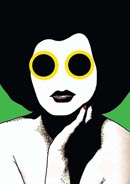
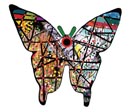
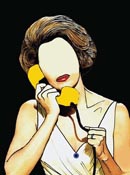
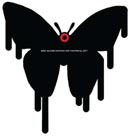
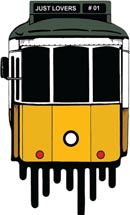
Related Publications

How Harumi Yamaguchi invented the modern woman in Japan
March 16, 2022
Giovanni Duarte and an orchestra capable of everything
August 26, 2020











